Lower Blepharoplasty
(Lower Eyelid Bags)
Aging changes, patient anatomy, individual genetics and other factors play a role in the development of lower eyelid “bags” and “dark circles.” You may be bothered by pigmentation changes, wrinkled skin or puffiness of the lower eyelids. Many patient’s have been told that they “look tired” even though they are not.
And we will make sure to find a treatment to meet your specific and unique needs.
The treatment for lower eyelid bags depends on the patient. There is no “one size fits all” approach to this condition. Some patients benefit from topical creams, volume restoration (fillers and fat injections), laser resurfacing or chemical peels. Other patients are better suited for surgery.
The surgical approach depends on the patient’s individual anatomy but in general we aim to preserve as much volume as possible by conserving and repositioning fat to the areas of volume loss. A transconjunctival approach (incision behind the eyelid) is the preferred method, however some patients benefit from a transcutaneous approach (incision 2 mm below the lower eyelashes). Occasionally the mid-face (the SOOF) is repositioned to elevate the cheek to improve the effect that gravity has had on the mid-face. For unwanted changes of the skin, excess skin can be removed, resurfaced with laser, or a chemical peel.
Other procedures may be combined with lower eyelid blepharoplasty such as upper blepharoplasty, brow lift or mid-face lift depending on the individual.
Surgery is usually performed under local anesthesia with sedation, but some patients may undergo general anesthesia. Surgery typically takes 1-2 hours and is an outpatient procedure. It is normal to have some swelling and bruising of the eyelids for approximately 1 week. Most patients return to work after 7 days. Ice packs are recommended for the first 2 days to decrease swelling.

